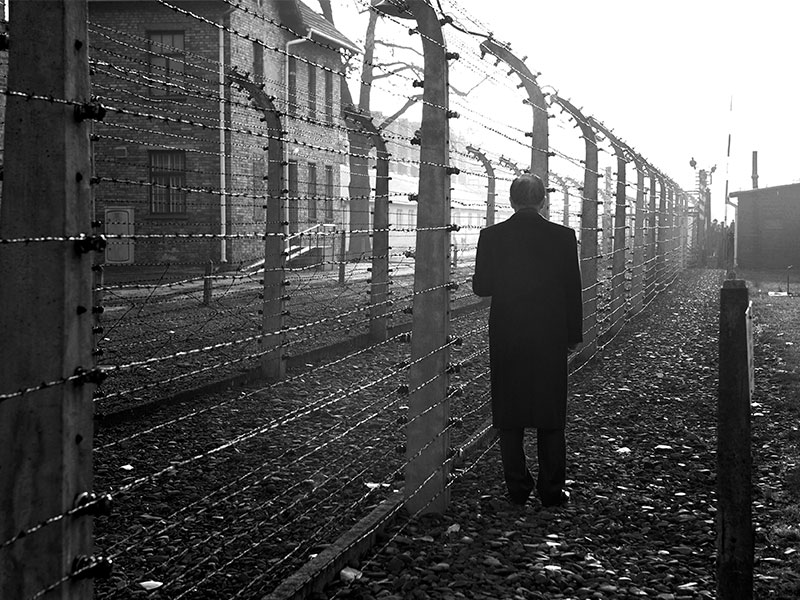

French or Tutsi? Tutsi or French?” In the novel, cracks between the parents ensue, they don’t see “their children as being the same colour” but “half-black, half-white”. Sinking in the maelstrom, the personal is political – “You must choose. Western classical music would signify a coup d’état taking place. He was aged 13, in 1995, when his family fled the civil war, leaving behind the idyllic, carefree childhood, innocence, simpler times in the paradise of Bujumbura, in Burundi, and growing up in exile in Paris, as the radio, etc., kept them abreast of the nightmarish, unbridled human violence unfolding in their native land. The novel – not autobiographical, since only the life of Nelson Mandela or Martin Luther King merits an autobiography, Faye had said in an interview – borrows from Faye’s life. So, why are they at war? Because they don’t have the same nose.” The father explains, “in Burundi…like in Rwanda, there are three different ethnic groups”, the “short with wide noses” Hutu who form the biggest group, the cattle-owning, “tall and skinny with long noses” Tutsi – “you can never tell what’s going on inside their heads”, and the inconsequential handful of Twa pygmies. So, they don’t have the same God? No, they have the same God. In the novel, a 10-year-old Gaby (Gabriel) asks his French father: “The war between Tutsis and Hutus…is it because they don’t have the same land?” The latter replies, “No, they have the same country.” And it continues: “So…they don’t have the same language? No, they speak the same language. A marker of identity – between the belligerent Hutus and Tutsis during the ’90s Burundian civil war and the neighbouring Rwandan genocide.


In Franco-Rwandan rapper Gaël Faye’s 2016 debut novel Petit pays (translated into English as Small Country in 2018, and made into a film this year), however, it isn’t fiction, but a historical reality, and, thus, hits home harder. “Distinguished by the length of his nose”, Hafen Slawkenbergius is “a great authority on the subject of noses” in Tristram Shandy. In Nikolai Gogol’s eponymous short story, it is its own person, with a mind of its own, and a higher military ranking than the person it belongs to. A symbol of personal beauty and social respectability/identity/ranking, even in cultures such as our own, where a woman’s long, sleek nose increases marriage viability, for instance, or going against the grain, like marrying outside one’s caste/faith may amount to naak katwa dena (loss of honour).

It serves more than an olfactory purpose.


 0 kommentar(er)
0 kommentar(er)
